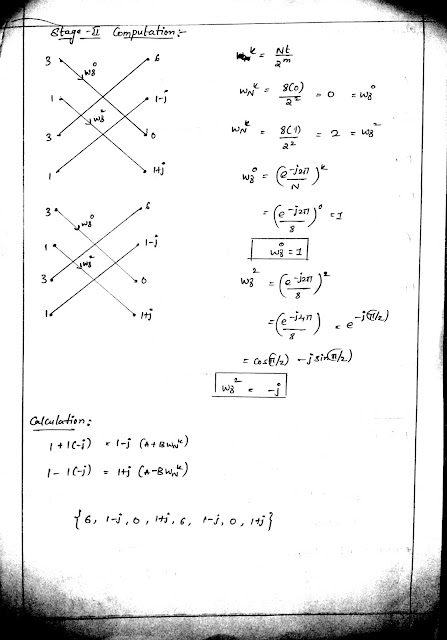process for Applying Grace marks
Vidyasagar Alapati
Wednesday, 17 February 2021
Saturday, 23 February 2019
NOTES
To obtain the Notes You Required, please send us a mail in the below format
Your Name:
Your place:
college Name:
Subject and Notes You wanted to download:
After sending this mail we will respond within a few hours
You need to make a Nominal Payment to obtain the Notes
The payment details we will send through the mail
For Example, we will charge 50/- rupees for a Notes
Your Name:
Your place:
college Name:
Subject and Notes You wanted to download:
After sending this mail we will respond within a few hours
You need to make a Nominal Payment to obtain the Notes
The payment details we will send through the mail
For Example, we will charge 50/- rupees for a Notes
Thursday, 31 January 2019
Twin tub process
Duel-well Process or Twin-tub Process :
In Duel-well process both p-well and n-well for NMOS and PMOS transistors respectively are formed on the same substrate. The main advantage of this process is that the threshold voltage, body effect parameter and the transconductance can be optimized separately. The starting material for this process is p+ substrate with epitaxially grown p-layer which is also called as epilayer. The process steps of twin-tub process are shown in Figure below.
The process starts with a p-substrate surfaced with a lightly doped p-epitaxial layer.
Step 1 : A thin layer of SiO2 is deposited which will serve as the pad oxide.
Step 2 : A thicker sacrificial silicon nitride layer is deposited by chemical vapour deposition.
Step 3 : A plasma etching process is used to create trenches used for insulating the devices.
Step 4 : The trenches are filled with SiO2which is called as the field oxide.
Step 5 : To provide flat surface chemical mechanical planarization is performed and also sacrificial nitride and pad oxide is removed.
Step 6 : The p-well mask is used to expose only the p-well areas, after this implant and annealing sequence is applied to adjust the well doping. This is followed by second implant step to adjust the threshold NMOS transistor.
Step 7 : The n-well mask is used to expose only the n-well areas, after this implant and annealing sequence is applied to adjust the well doping. This is followed by a second implant step to adjust the threshold voltage of PMOS transistor.
Step 8 : A thin layer of gate oxide and polysilicon is chemically deposited and patterned with the help of polysilicon mask.
Step 9 : Ion implantation to dope the source and drain regions of the PMOS (p +) and NMOS (n+) transistors is used this will also form n+ polysilicon gate and p+polysilicon gate for NMOS and PMOS transistors respectively.
Step 10 : Then the oxide or nitride spacers are formed by chemical vapour deposition (CVD).
Step 11 : In this step contact or holes are etched, metal is deposited and patterned. After the deposition of last metal layer final passivation or overglass is deposited for protection.
Monday, 9 April 2018
Tuesday, 20 February 2018
Subscribe to:
Comments (Atom)















